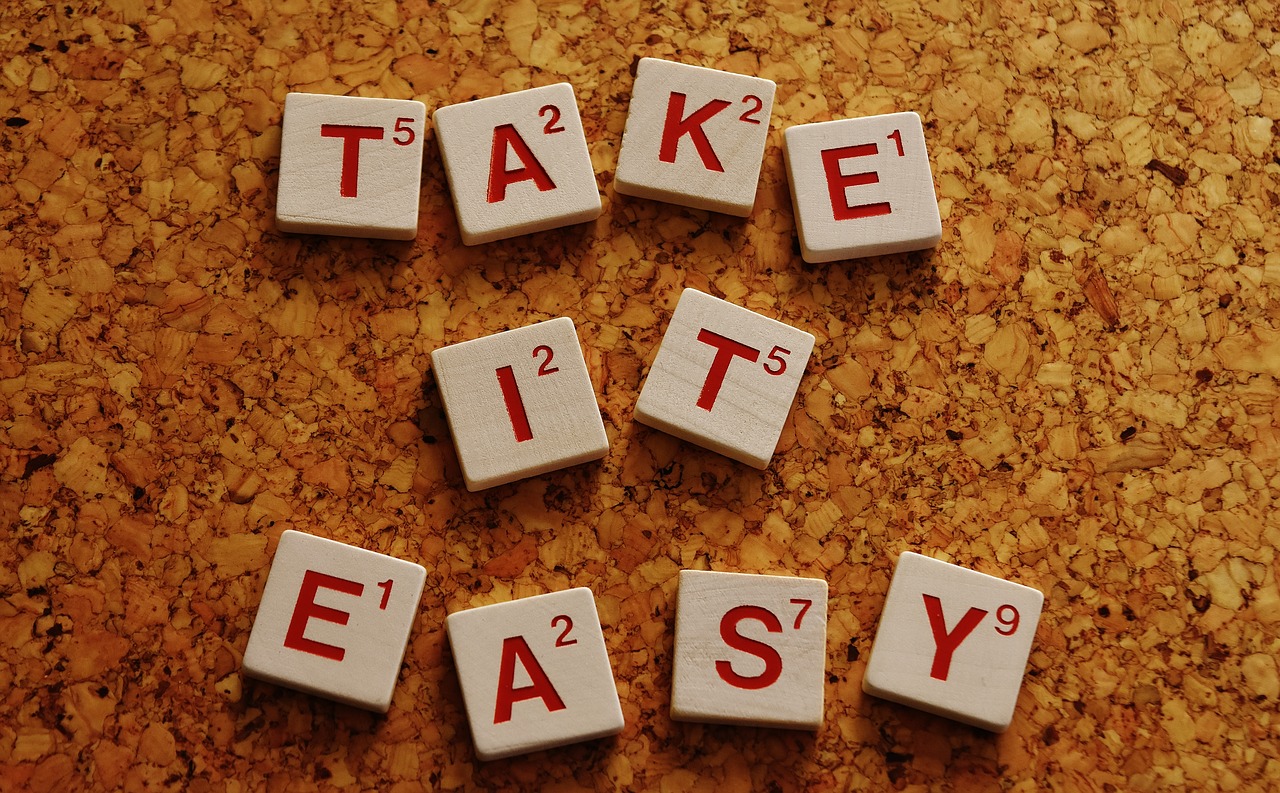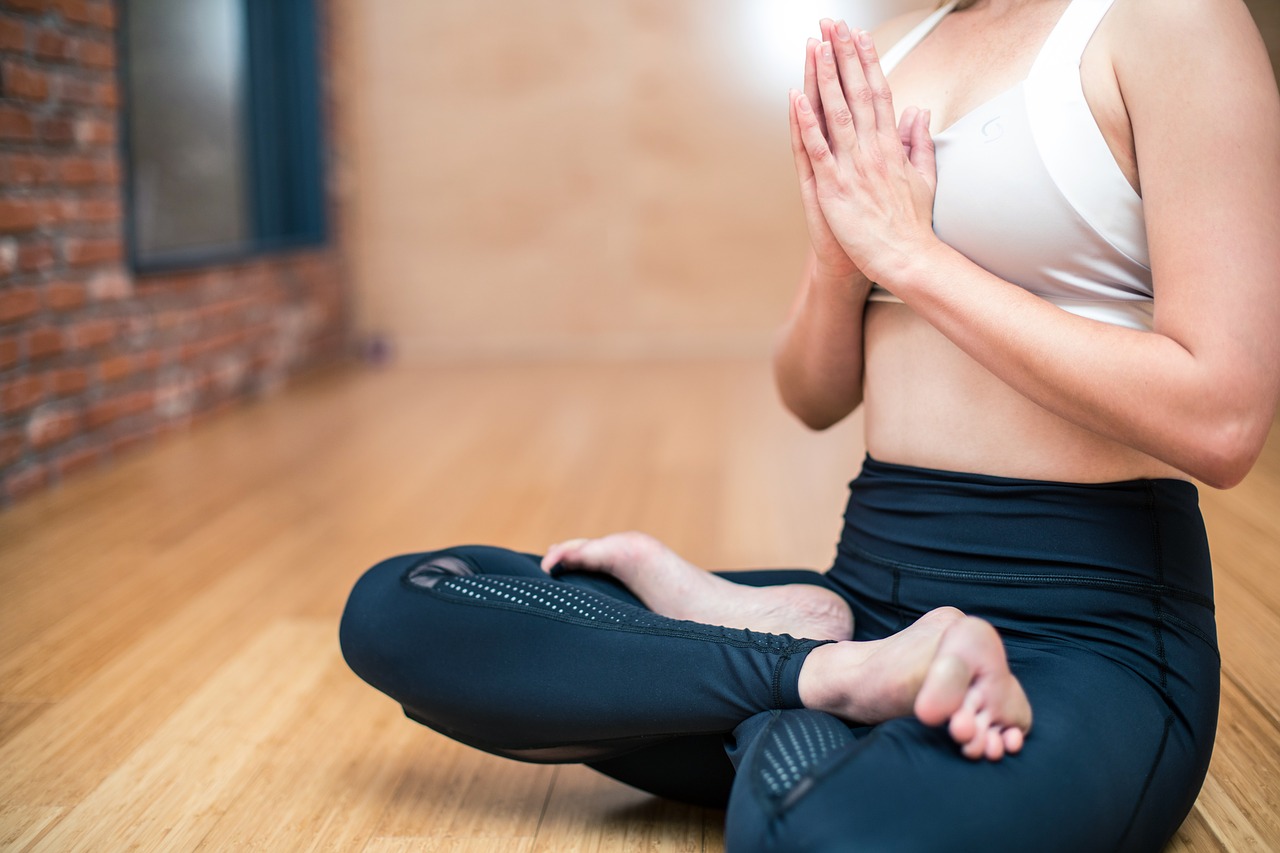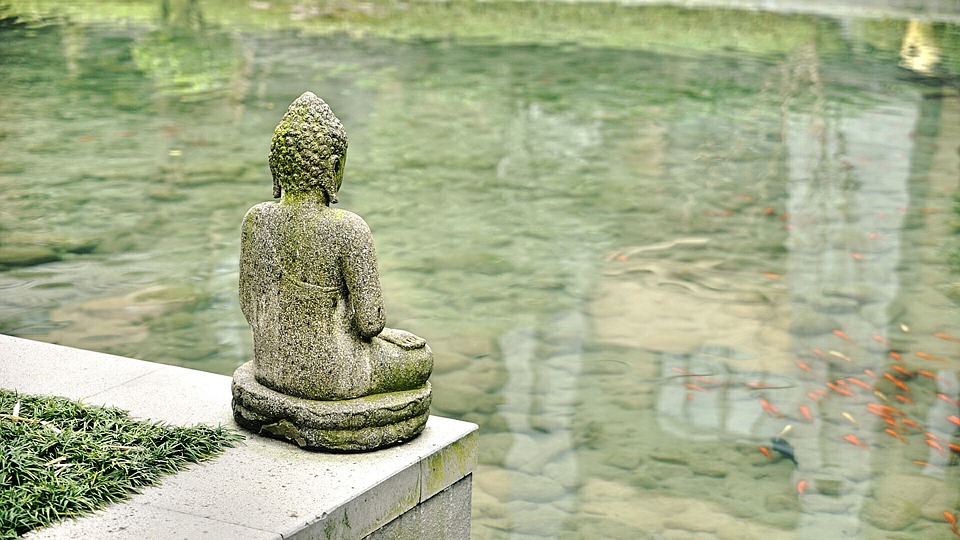5 Stress Management Techniques to Deal with Stress

Most of us know what we should do to take care of ourselves and deal with stress. There is plenty of information available on how to minimize our stress level. We need to eat right, get enough sleep, avoid the excessive use of substances, and exercise.
Other stress management methods for dealing have come into vogue in recent years. These natural remedies include yoga, meditation and mindfulness.
Mindfulness is a practice that anyone can learn. It encourages our minds stay in the present moment.
Almost all of our worries have to do with past events or thoughts of the future. Mindfulness redirects our mind to the here and now. It encourages us to get out of our heads and fully experience life.
If our fretting becomes so severe that it’s seriously interfering with our functioning, that’s a sign to reach out and get professional help. Anti-anxiety medication and/or psychotherapy are effective at treating out-of- control worry and anxiety.
With good self-care, hopefully we can avoid going down the road of developing a debilitating anxiety disorder. That’s to say, we should learn to deal with stress in a healthy way

We’ve compiled a list of 5 stress management activities for combating stress that are inexpensive (or free), effective, and a little unusual!
Puzzles and Games
A jigsaw puzzle and a Scrabble board may not seem like a first line of defense against excessive stress, but both puzzles and games are excellent distractions from whatever we’ve got on our minds.
There’s actually a biological basis to this, and it will come as no surprise that it all starts in the brain. The brain’s limbic system is the primary area responsible for emotional activity.
The amygdala, which is part of this limbic system, is directly responsible for processing fear.
The simple act of engaging your mind in something like a puzzle or a game naturally activates a different area of the brain, moving your cognitive functioning from the emotional area to the problem-solving one. That would be the prefrontal cortex which is responsible for complex problem solving.
Of course this explanation is a simplification, but the reality is that working on puzzles and playing games switches your mental energy from one part of the brain to another.
Gardening
Even if you live in tiny apartment, you can still take advantage of this natural stress reliever. As long as you have some natural sunlight you can grow plants in containers or planters.
If you have a parcel of land to tinker around in, that’s even better. Gardening is a healthy way to work out whatever might be on your mind. This may be for several reasons.

First, gardening affords a level of light exercise so it gets your blood moving and endorphins flowing.
Second, getting outside and just being in the sunlight can have an incredibly positive effect on our mood. Both the brightness and sensation of warmth on your skin can boost your mood, making you feel more optimistic in general.
Sunlight is associated with a more positive mood. It has been well-established that the lack of sunlight during the winter months, where sunlight is a rare commodity, can lead to a condition called seasonal affective disorder.
One treatment for seasonal affective disorder is actually exposure to an artificial light which is supposed to simulate sunlight. It’s clear that the sun is a powerful remedy for stress and the blues.
There’s a story I once heard that illustrates the importance of exposure to sunlight.
A therapist who was trained in the United States, volunteered for an emergency operation somewhere on the African continent.. She had gone there to do crisis counseling with victims of a natural disaster.
This therapist brought her usual practice of seeing clients in an office setting and her sessions with the victims were done indoors. This practice perplexed the community leaders.
‘Why would you keep somebody who is suffering away from their community and away from the outdoors where the sunlight would help them heal from their trauma?’ they wondered.
Gardening reconnects us with nature. Research has shown that communing with nature is a natural stress reliever.
And who can’t get excited about planting a seed just below the surface of the soil, to later find a tiny seedling peeking out?
Gardening is methodical, requiring focus on the task at hand. That task-oriented focus helps to calm an over-anxious brain.
Volunteering
As a naturally selfless act, volunteering forces us to take the focus off our own concerns and place them on the well-being of others.

Beyond that, volunteering is often a social activity and being around others, conversing and sharing a similar goal, is a great distraction.
The camaraderie of working toward a common goal can inspire even the most cynical among us.
Doing volunteer work inspires feelings of hope and optimism which can counter the negative feelings that are aroused by anxiety.
Choosing a volunteer activity that requires physical exertion has the added benefit of including exercise, which is well-known to relieve stress.
Crocheting and Knitting
You don’t need to limit yourself to crocheting or knitting. Any type of arts and crafts activity can boost your sense of calm; again because of the mere distraction the activity offers.
The thing that’s unique about crocheting and knitting is the repetitive nature of those activities, as repetition boosts serotonin, the chemical that creates a sense of well-being. The rhythmic motion evokes a sense of calm.
In addition to calming us, they can stave off depression, reduce the likelihood of developing dementia, and even alleviate chronic pain.
Research supports these claims. In 2007, Harvard medical school did a study that showed knitting reduces the heart rate and induces a sort of meditative state.

A skein of yarn and a couple of knitting needles will run you all of eight dollars- a far cry from the expense of therapy and medication. Plus, there are no known negative side effects to knitting and crocheting.
Finally, these activities boost your sense of accomplishment and reward you with a beautiful product in the end!
There’s no reason to spend money on formal classes for your new-found hobby. There are a plethora of instructional videos on YouTube.
Supine Stillness
This method for alleviating worry and tension actually came to me in quite an unexpected way – in the dentist’s office, of all places!
Over the years, I have noticed that whenever I leave the dentist’s office, I feel incredibly relaxed, as if I have taken a sedative. This sensation seemed to happen every time I went for my 6 month cleaning.
The only commonality between every visit was my having to lie very still in the dentist’s chair.
I decided to give this a try at home. So, I simulated lying in the dentist chair by propping up my upper back with pillows and lying face up, hands folded over my stomach and staying completely still for about 20 minutes.

Sure enough, I discovered it had the same effect on my level of stress as my visits to the dentist office had. I later challenged some of my clients to try it themselves, and they reported back positive effects.
It turned out what I thought was my own brilliant discovery, is actually a meditative practice which calms the mind and body.
If you choose to try this technique, don’t be concerned that your mind is initially full of chatter. There’s actually no reason to try to quiet it.
When you sit in stillness for an extended period of time, those thoughts eventually drift away without any effort on your part.
Consider giving one of these uncommon stress relievers a try. While they are unconventional, people swear by their effectiveness and science supports it too.
At a low to zero cost, there isn’t much to lose by giving them a chance!




